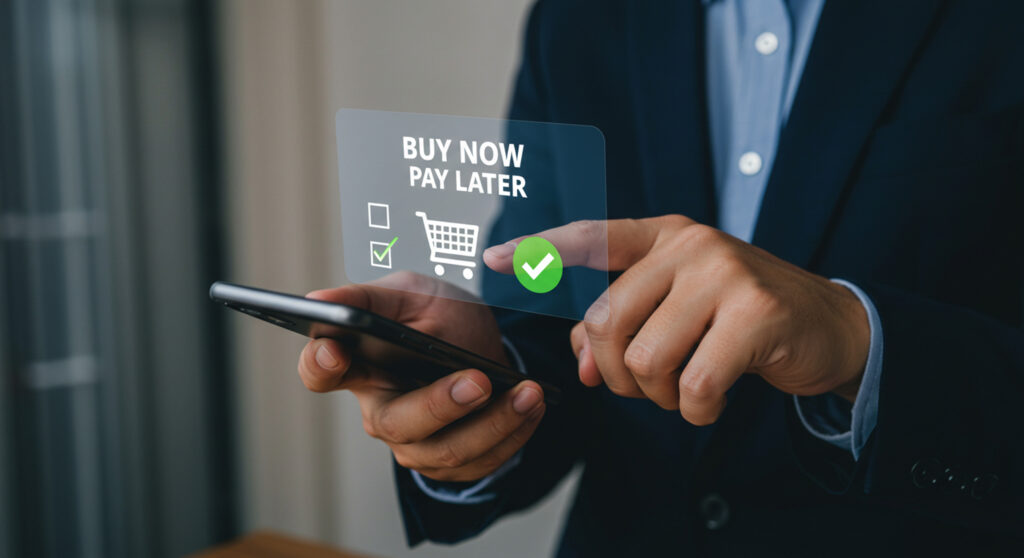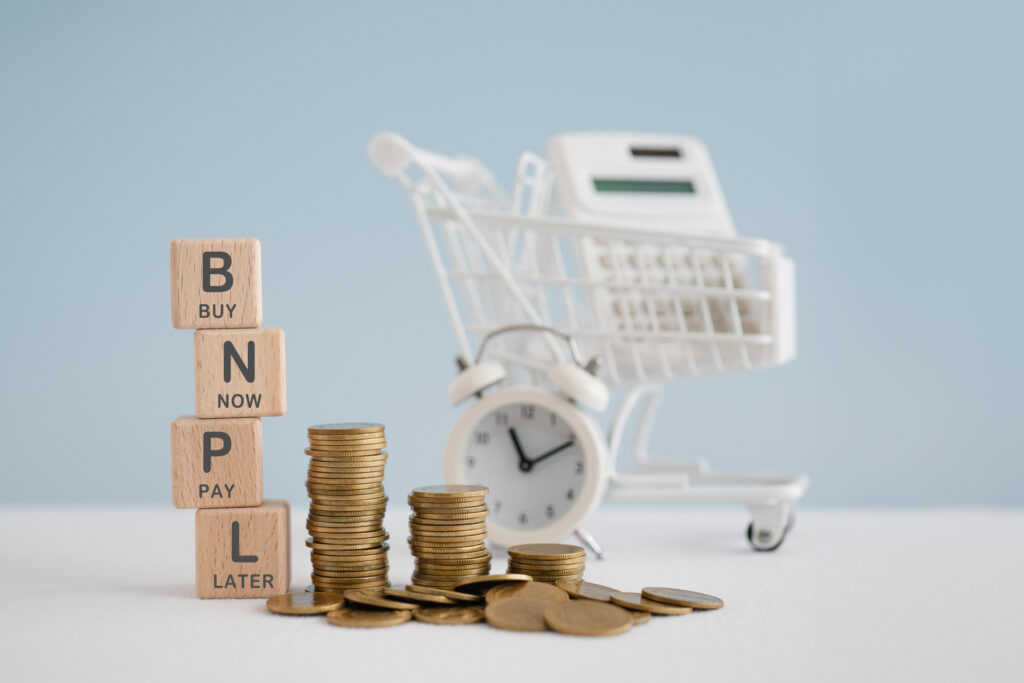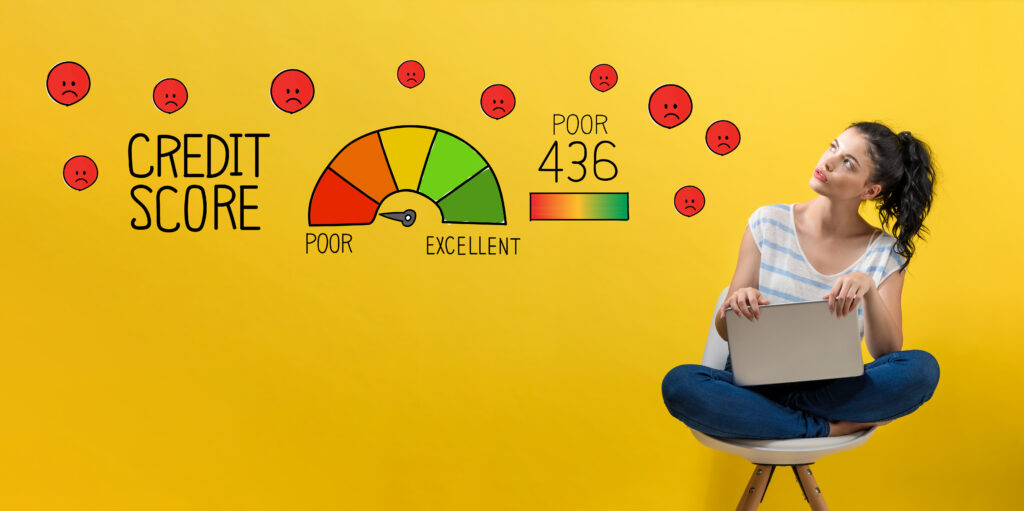I have different types of debt. Which debt should I pay off first?
Debt is an overwhelming and stressful thing, so the key thing to do is prioritize. Breaking it down into different categories will help you prioritize, or figure out what you need to do in the right order. When deciding what to pay off first, think about:
1. The Size of Debt
List all your debts, including credit card balances, loans, and any other financial obligations. List everything from the smallest debt amounts to the largest.
2. Impact on Credit Score
Some debts may have more impact on your credit score than others, like overdue credit card payments or outstanding debt from loans. Having credit card debt will make your credit utilization rate higher, which can lower your credit score.
Prioritizing high-interest debt, like credit card debt and loans, will help you save money in the long run and help your debt payoff plan take off. Always make at least the minimum monthly payment on time to avoid hurting your credit score.
Kikoff is the #1 way to build credit safely, quickly, and easily. Designed to be affordable and accessible, Kikoff can help you grow your credit – starting at just $5 a month.
There are two popular strategies to take from here: The snowball method and the avalanche method.
The Snowball Method: Paying off Debt and Gaining Momentum
What’s the Snowball Method, and how does it work?
The debt snowball method is a popular strategy for tackling multiple types of debt in your debt repayment journey.
With this method, you focus on paying off your smallest debts first, ignoring different interest rates. This way you can get quick wins and build your confidence.
Steps to Implement the Snowball Method:
- List Your Debts: List everything, like credit card balances, personal loans, or any other outstanding bills.
- Arrange by Balance: Start with the smallest balance and go down to the highest balance.
- Set Aside Extra Payments: Set any extra funds aside so you can start paying off your smallest debt while making minimum payments on all your other debts.
- Celebrate Small Wins: As you pay off each debt, celebrate! When you break debts down into smaller challenges, it can feel easier to conquer them.
- Snowball Effect: Once you pay off your smallest debt, take the money you were using to start paying off the next smallest debt on your list.
- Repeat and Accelerate: As you keep going, you’re able to increase the amount you put toward each debt. This momentum is the “snowball effect” that helps your debt repayment speed up.
Example of the Snowball Method in Action:
What does this look like in real life? Let’s say you have the following debts:
- Credit Card A: $500
- Personal Loan: $2,000
- Credit Card B: $3,000
- Car Loan: $10,000
Using the snowball method, you start with Credit Card A first, then your personal loan, Credit Card B, and finally, your car loan.
After paying off Credit Card A, the amount you were putting towards it (plus the minimum payment) now goes towards your personal loan, the next smallest debt, and so on.
The Avalanche Method: For Highest Interest Debt
What’s the avalanche method, and how does it work?
Another debt repayment strategy is the debt avalanche method. With this method, you prioritize paying off your debts based on the interest rates, instead of the amounts.
This approach can save you time and money by lowering your total interest payments. It can feel daunting though, because you’re focusing on larger balances that take more time to pay off.
Steps to Implement the Avalanche Method:
- List Your Debts: Begin by listing all your debts, including credit cards, loans, and other outstanding balances.
- Arrange by Interest Rate: Organize your debts from the highest interest rate to the lowest interest rate.
- Allocate Extra Payments: Set any extra funds aside so you can start paying off your debt with the highest interest rate, while still making minimum payments on all your other debts.
- Focus on High-Interest Debts: Focus on paying off the highest-interest debt first, that way you keep the amount of interest from building up over time.
Example of the Avalanche Method in Action:
Let’s say you have the following debts:
- Credit Card A: $5,000 balance at 22% APR
- Personal Loan: $8,000 balance at 10% APR
- Student Loan: $15,000 balance at 6% APR
- Car Loan: $20,000 balance at 4% APR
Using the avalanche method, you would prioritize paying off debts in the following order, starting with your highest-interest debt:
- Credit Card A: This debt has the highest interest rate (22% APR). Set aside extra money to pay off this debt, while still making minimum monthly payments on the other debts.
- Personal Loan: Once Credit Card A is paid off, move on to the personal loan, which has the next highest interest rate (10% APR).
- Other Loans: After paying off the personal loan, focus on the student loan, followed by the car loan.
Overall, Here are Debt Repayment Plan Methods to Avoid
There are certain debt repayment strategies to steer clear of, like:
- Payday Loans: Payday loans have high interest rates that are harder to pay down and pay off.
- Debt Settlement Companies: Watch out for debt settlement companies promising to negotiate your debts for a fee. Handling your debt this way might damage your credit score and lead to extra fees down the road.
Debt consolidation, or combining multiple debts into a single monthly payment, sometimes with a lower interest rate, is another strategy. Debt consolidation comes with terms, fees, and potential drawbacks though, so make sure you do your homework before going forward with it.
Handle debt, build your credit, and stay on top of your finances
Keeping your debt under control is about more than just making your minimum monthly payments. It’s also about building good structures and habits that you can feel comfortable with.
Keep these:
- Set a Budget: Create a monthly budget to track your income and expenses. The 50, 30, 20 Budget Rule is one place to start. With this rule, you set aside 50% for Needs, 30% for Wants, and 20% for Savings and Paying Off Debt.
- Start an Emergency Fund: Pad your savings account as much as you can to cover unexpected expenses so you don’t need to rely on credit for emergencies.
- Monitor Your Credit: Check your credit report often and monitor your credit score to see where you can improve.
Whatever your long-term goals are, Kikoff provides fair, effective, and simple tools that empower you to meet your financial goals.



